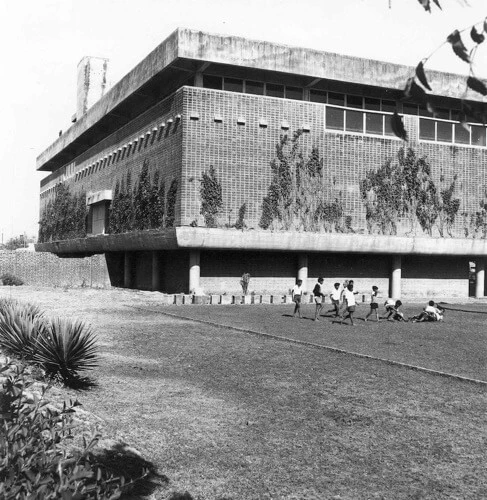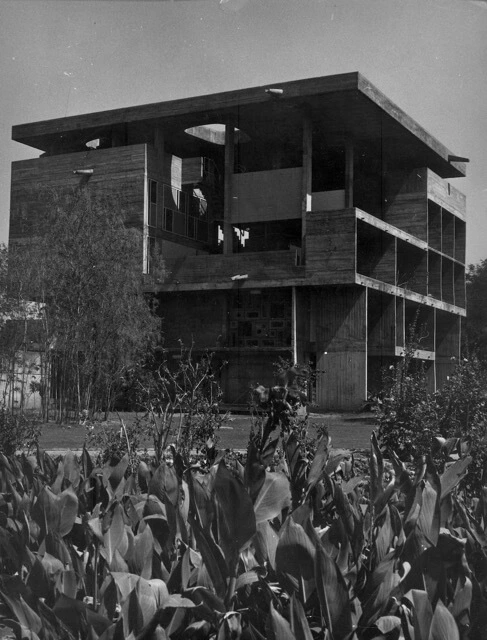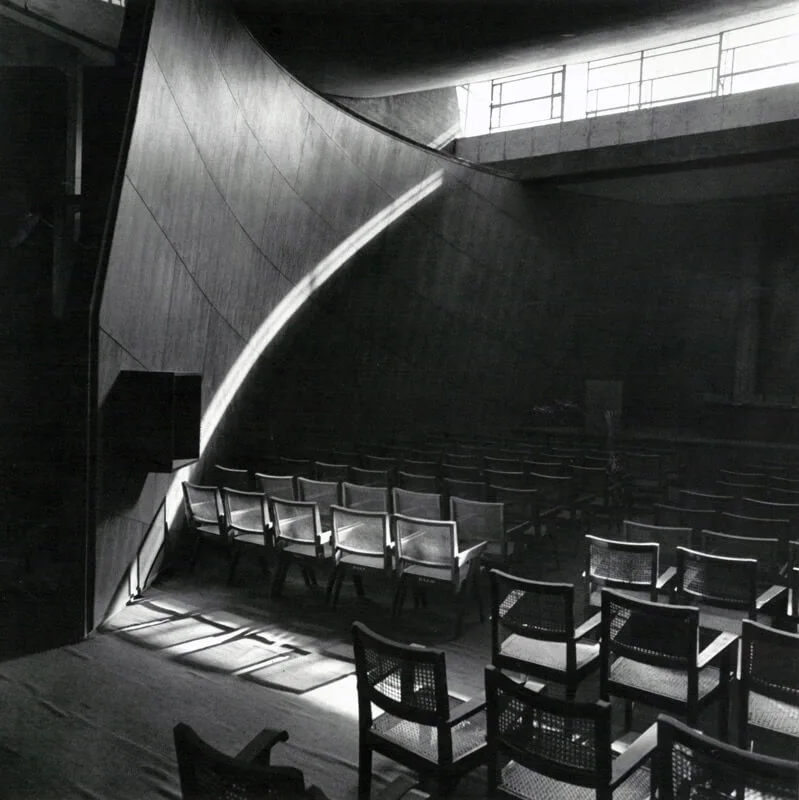
Ahmedabad Textile Mills Association
The origins of the Textile Mills Industry in Ahmedabad can be traced back to pre-independence India when the city and much of the country was under British rule. During this period, Ahmedabad experienced a remarkable growth in population, trade, and a resurgence in traditional cotton, silk, and gold production. Capitalizing on this favourable environment, Ranchhodlal Chhotalal laid the foundation of Ahmedabad’s first textile plant in 1859, a time when Gujarat was still a part of the Bombay Presidency. Despite initial setbacks due to a mishap in the delivery of ordered machinery from England, Chhotalal’s unyielding spirit prevailed, leading to the establishment of the first mill in Ahmedabad.
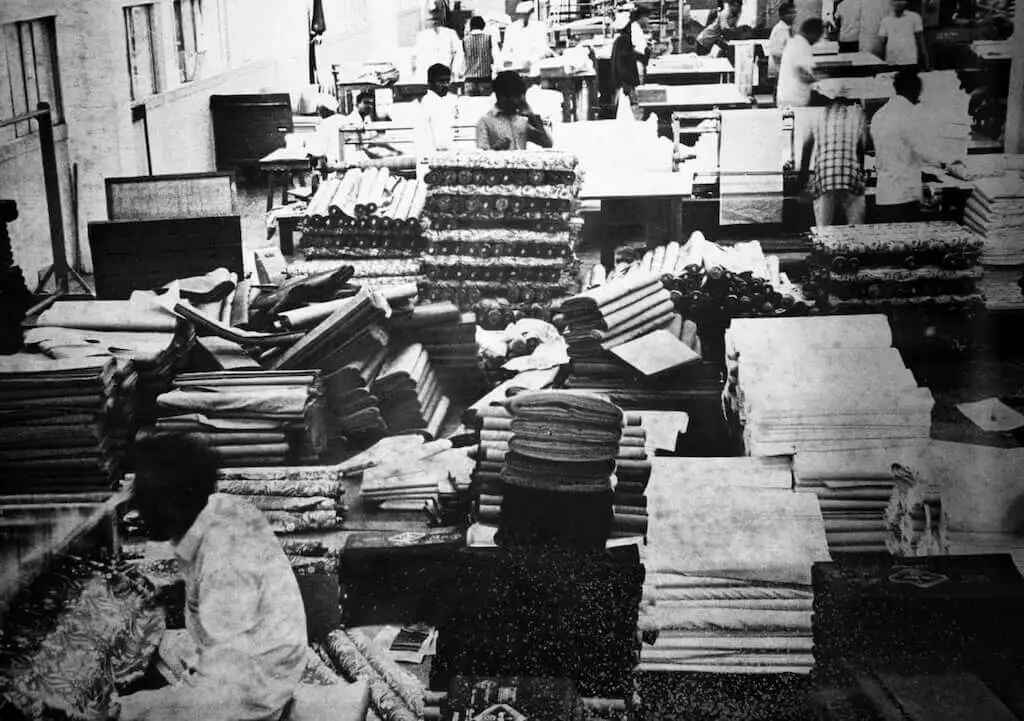
The MillOwner’s Building
The MillOwner’s Building holds a momentous place in Ahmedabad’s rich heritage of modern architecture as it seamlessly bridges the city’s textile industry with modern architecture of the world. When tasked with designing the headquarters, Le Corbusier perceived it as an opportunity to harmoniously blend his distinctive architectural language, drawing inspiration from a villa, with the essence of traditional Indian architecture. The resultant synthesis is beautifully showcased in the building and is also observed in the Millowners’ stance on life that was deeply rooted in culture and religion along with a strong capitalist outlook that could use industrialization to its advantage.
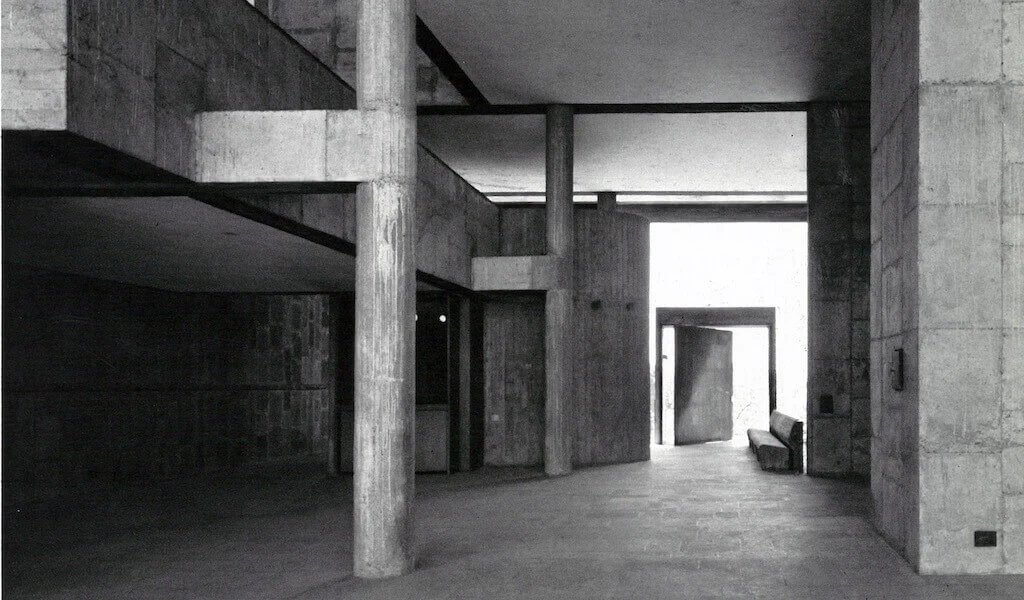
Le Corbusier
Renowned as an architectural acrobat, Charles-Édouard Jeanneret-Gris, widely known as Le Corbusier, left an indelible mark in the world of art and architecture. A Swiss-French architect, furniture designer, urbanist, writer, theoretician, sculptor, and painter, he was a pioneer in the development of Modern architecture. Over the span of his illustrious five-decade career, Le Corbusier erected structures across Central Europe, India, Russia, and North and South America.
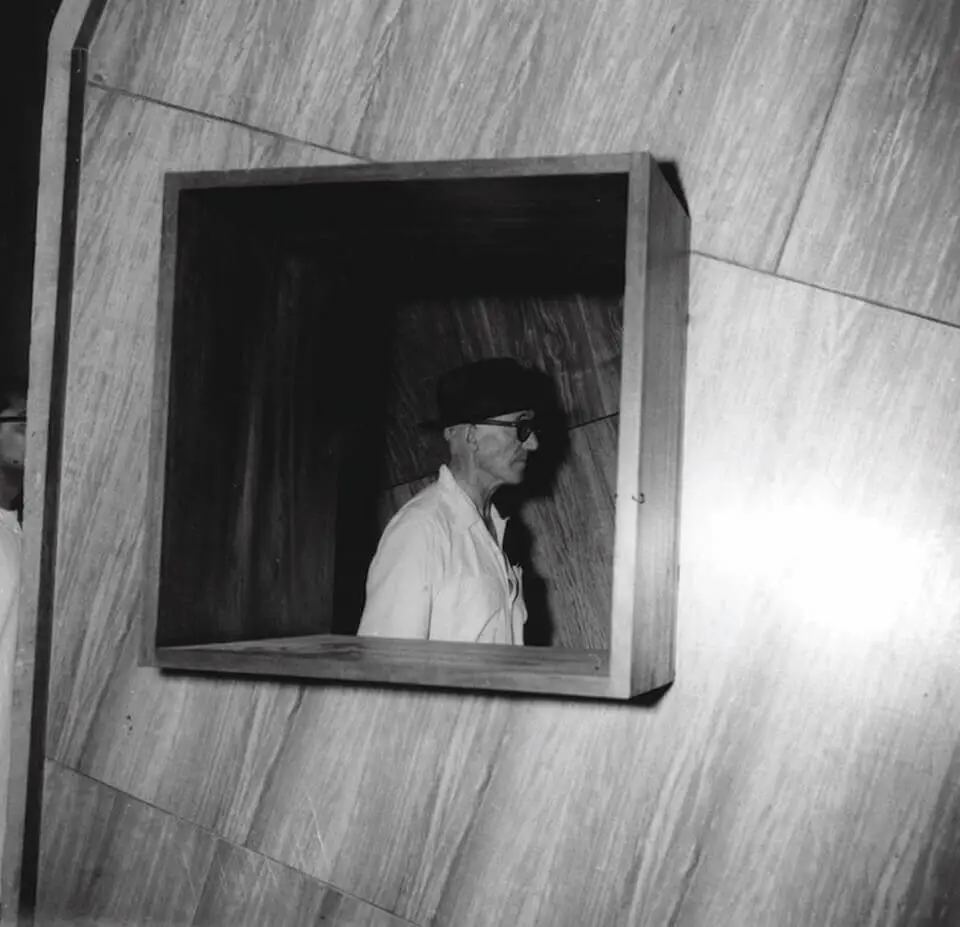
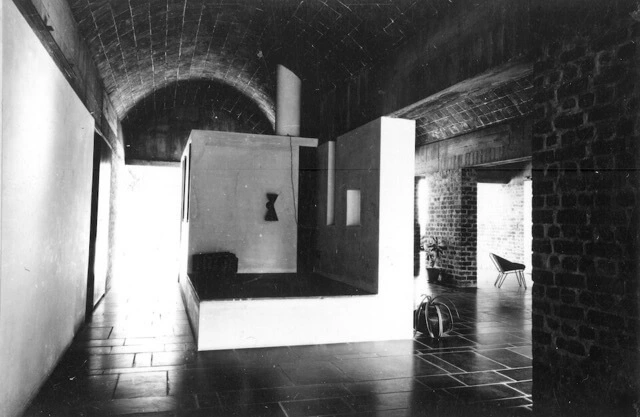
Le Corbusier in Ahmedabad
In 1951, Le Corbusier received the prestigious commission to develop a plan for Chandigarh, a defining moment for India as it emerged from a hard-fought struggle for independence and sought to establish its identity and place among the ranks of developed nations. Who better to design a Modern capital than the most famous Modernist Architect in the world?
